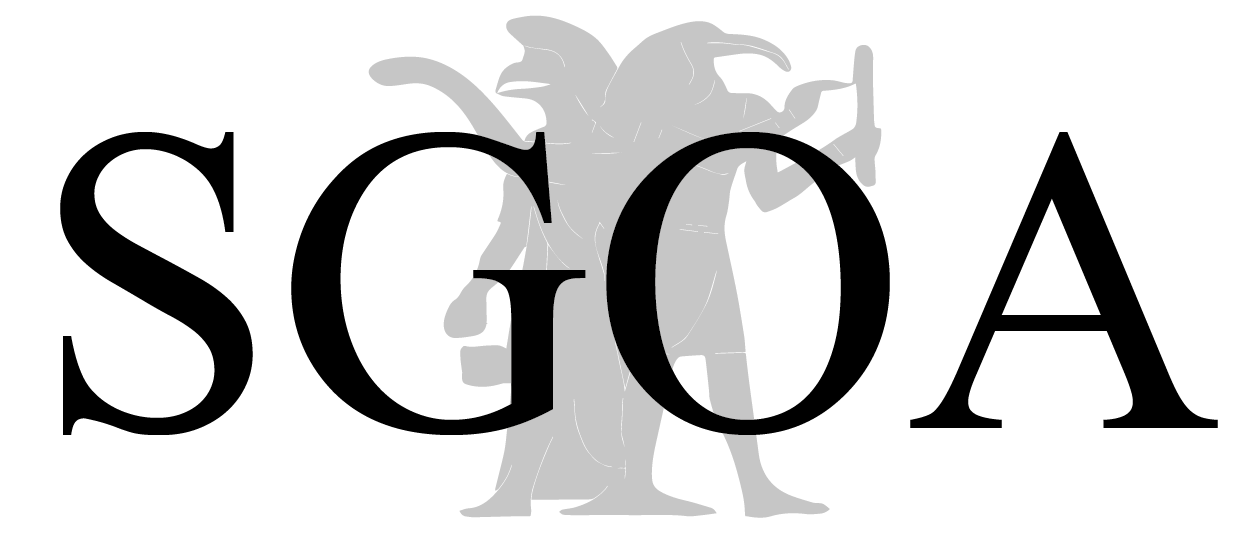3. Juni 2014 OBO 267 – Christian Frevel, Katharina Pyschny & Izak Cornelius (Hg.) / A “Religious Revolution” in Yehûd?
The Material Culture of the Persian Period as a Test Case. The present volume discusses the material culture of Persian Period Palestine/Israel against the background of Ephraim Stern’s hypothesis that Judah witnessed a “religious revolution“ during the transition between the (Neo)Babylonian and the Persian period, resulting...


